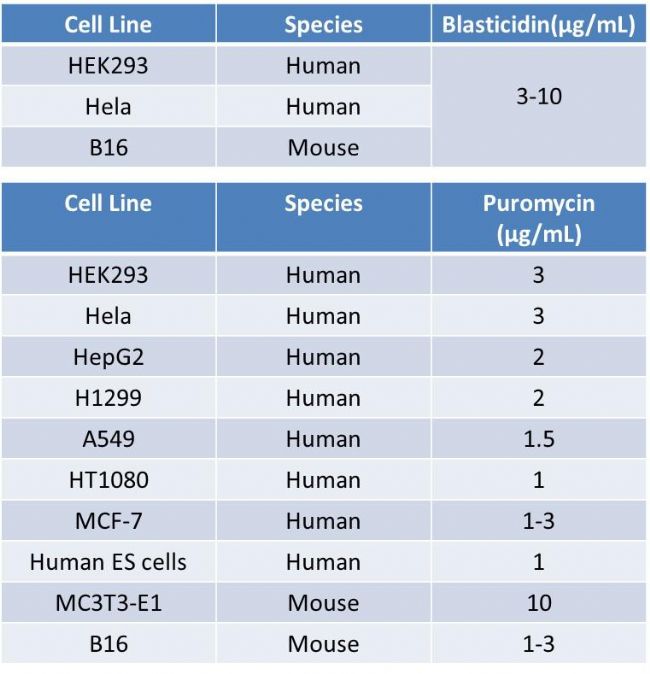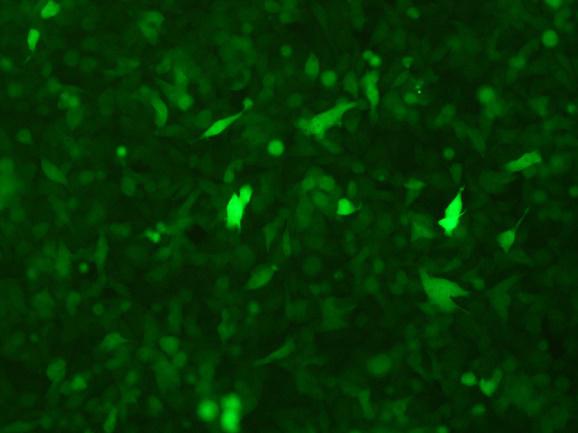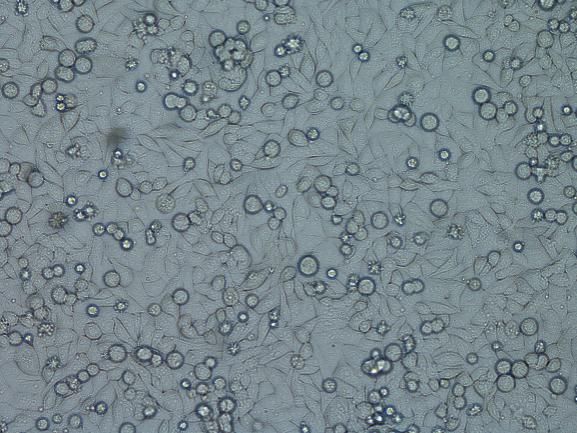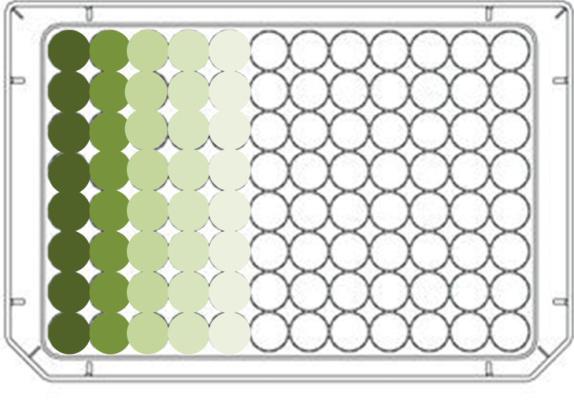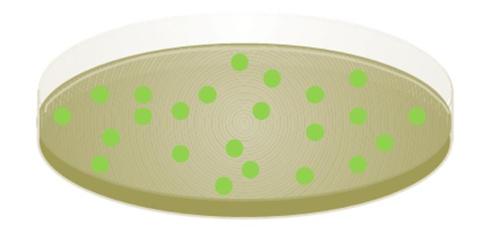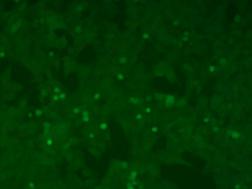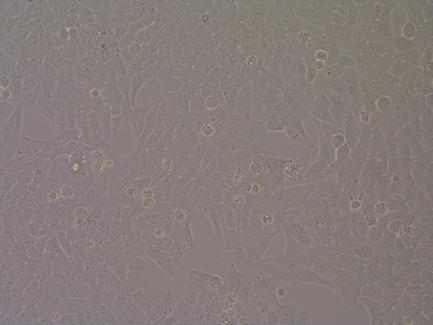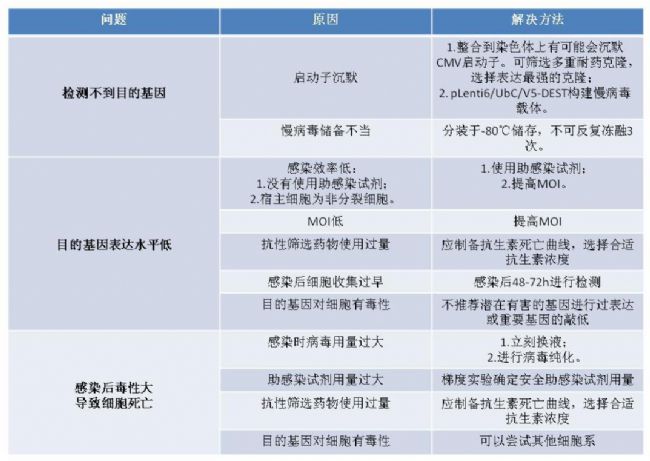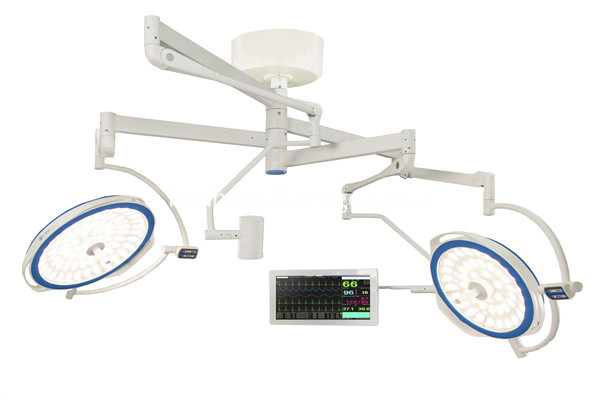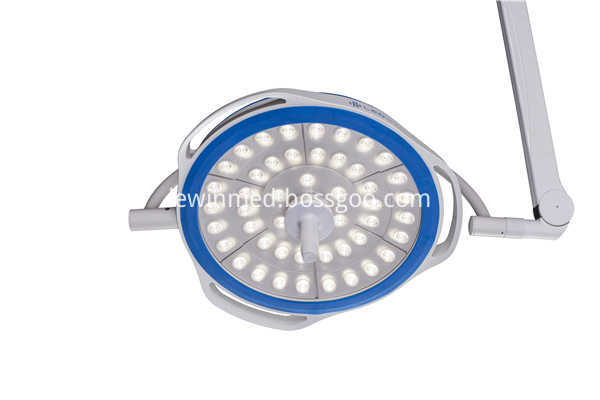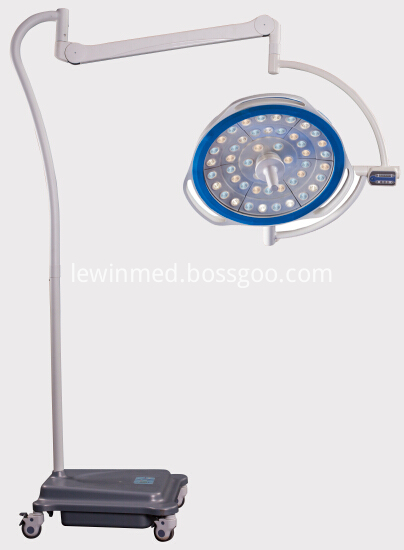Vigene stable plant construction process
A stably transformed cell, a stably expressing cell line, refers to a cell line that is constructed based on a certain cell line that persists overexpressing or interferes with a particular gene. Lentivirus infection-drug screening method is a widely used method for constructing stable plants, which has the characteristics of high efficiency integration and wide target cells. one. Preparation and preliminary experiment Target cell line culture conditions Target cell proliferation rate Mycoplasma contamination Note: To avoid cell death after lentivirus infection, it is important to ensure that the cells are free of mycoplasma contamination! Appendix 1: Experience screening drug dosage two. Screening and construction of stable plants Note: The following experimental parameters are described as an example of a stable plant, and the experiment needs to consider whether there is a stable stable strain! The cells were seeded in 6-well plates (4 wells), making the next day cell fusion approximately 70% Calculate the lentivirus volume according to the MOI value determined by the pre-experiment, add lentivirus (add 2 μL of ADV-HR per well); The next day of lentivirus infection, the cells were exchanged for treatment; 72 hours after infection, the infection efficiency was observed, and the efficiency should not be lower than 40%. Note: In the morning when the drug is added for the first time, the cell state is observed after 4-6 hours. If the cell death is too much, the fresh drug-free medium needs to be replaced. Appendix 2: Polyclonal stable strain The fluorescence of the polyclonal stable strain is usually strong and weak. Note: 1000 microliters of gun tip should be used, do not over-suck when mixing, so as not to damage the cells. Note: Do not change the fluid during the first week of culture, then change the fluid every 3-4 days. Note: Try to blow evenly to prevent cells from agglomerating. Note: Do not change the fluid during the first week of culture, then change the fluid every 3-4 days. Note: It is advisable to select 20 per plate. When digesting, it is necessary to follow the principle of digesting the edge first and then digesting the center to prevent mutual contamination between clones . Do not change the fluid during the first week of culture, then change the fluid every 3-4 days. Appendix 3: Monoclonal stable strain The fluorescence intensity of the monoclonal stable strains was basically the same. Third, the common problems in the construction of stable plants 1. Mycoplasma contamination Because mild mycoplasma contamination does not affect cell growth and proliferation, it is ignored by many laboratories. However, mycoplasma is prone to eruption after virus-infected cells, and there are a large number of cell debris, which even leads to cell death, leading to the failure of stable strain screening. We recommend that the mycoplasma contamination in cells and culture environments be excluded at the beginning of the stable plant construction. 2. Other issues In addition to mycoplasma contamination, the following problems often occur in the construction of stable plants.
Round type sugical lamp is the most matured LED lamp in all LED series, it has producted for many years and exported to many countries, just like USA, UK, India, Italy, Thailand and other countries in the workd, almost zera maintainance rate, customers all give good feedback. the surgical lamp has the function of Clear lighting field; Outstanding color rendering index; Convenient removable sterilize handle; Control panel can choose touch screen control panel or normal control panel; it also has excellent color temperature adjustable technology; the operating lamp also can add HD camera system which is medical grade; for this OT lamp, it has ceiling type, wall type and mobile type; ceiling type can choose single dome, double dome or add camera system;
LED Surgery Lamp,LED Operating Lamp,LED Operating Light,LED Surgical Lamp Shandong Lewin Medical Equipment Co., Ltd. , https://www.lewinmed.com